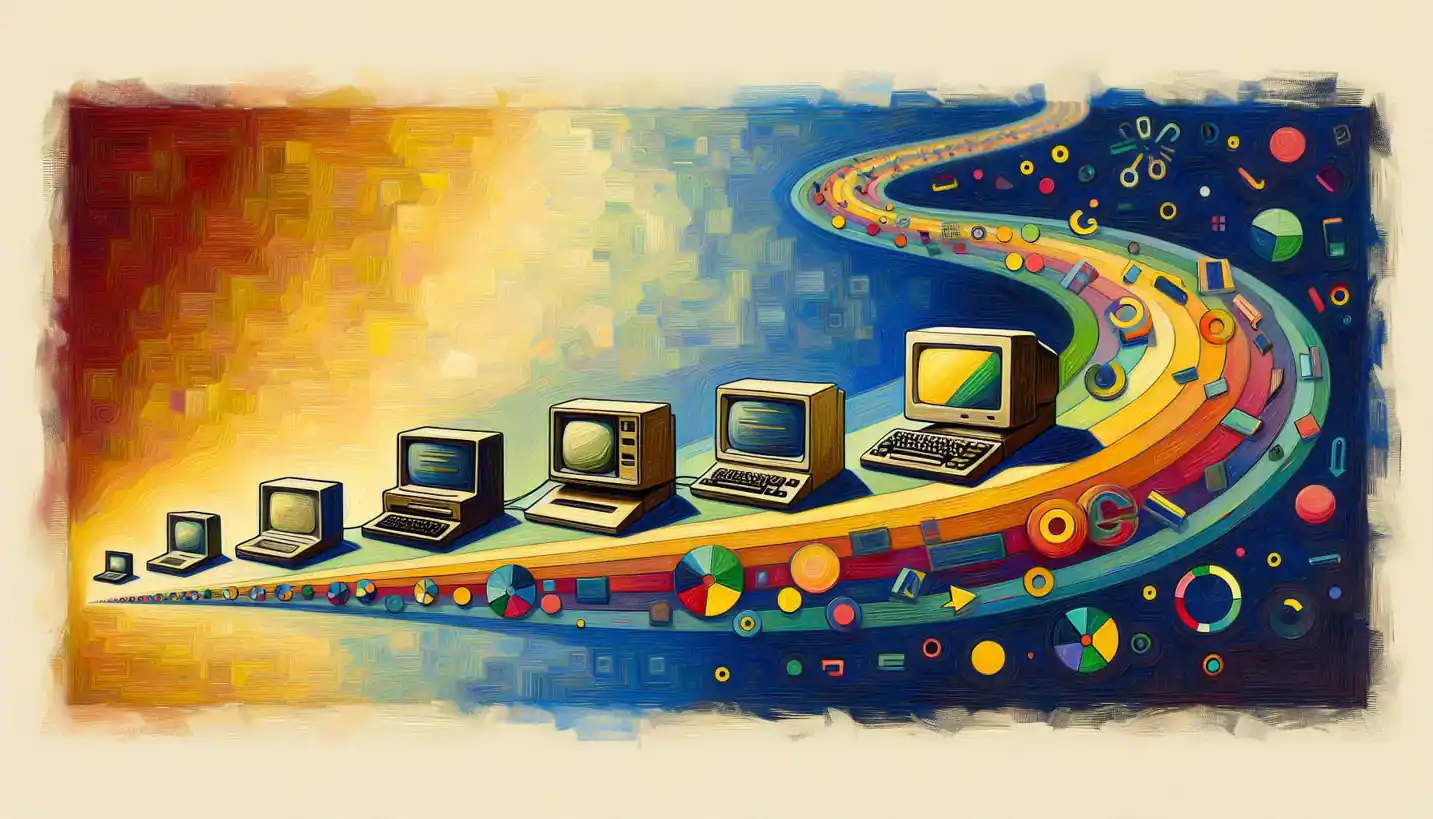· Computer Science · 5 min read
Speech Recognition: A Gateway to Seamless Human-Computer Interaction
Speech Recognition transforms how we communicate with machines, making interaction seamless. Discover its role in voice-controlled technology.

Butterflies danced silently around the room as Sarah spoke to her computer, effortlessly navigating her digital world with nothing but words. Speech recognition, the invisible thread connecting human thoughts with machine responses, has transformed how we communicate with technology. As natural as chatting with a friend, this technology has opened up a new realm of possibilities in human-computer interaction.
Speech recognition once seemed like science fiction, an ambitious dream of futuristic novels. Yet today, it’s a reality, threaded into our gadgets and daily routines. Whether we’re asking virtual assistants like Siri or Alexa to play our favorite tune or dictating texts on the go, speech recognition bridges the gap between spoken language and digital realms.
How Speech Recognition Works
Imagine speaking into a microphone. What happens next isn’t magic; it’s science. Speech recognition involves converting spoken language into text using complex algorithms and artificial intelligence. This process starts by capturing audio signals and breaking them down into smaller, understandable pieces.
The key players here are acoustic models, which understand sounds and phonemes, the basic units of speech. Then, language models come into play, predicting the likelihood of word sequences to provide the most accurate text translation. This combination allows the system to interpret a multitude of accents, dialects, and even noisy environments.
Speech recognition technologies rely on deep learning and neural networks, much like the human brain. These networks analyze patterns and learn from them, constantly improving their ability to understand our voices. The result is an increasingly precise and adaptive communication tool.
The Evolution of Speech Recognition
To truly appreciate speech recognition, it’s essential to glance back at its journey. In the early 1950s, computers could understand numbers but translating human speech was a challenge. Enter Bell Labs, which developed a system that recognized digits spoken aloud. Though far from perfect, it was a first step.
In the 1970s, dynamic time warping algorithms emerged, allowing systems to align speech patterns with pre-recorded models. This advancement paved the way for more sophisticated systems, like DragonDictate in the 1990s, one of the first commercial voice recognition products.
The true revolution happened with the advent of machine learning in the 21st century. This leap enabled systems to learn from vast amounts of data, refining their ability to understand diverse languages and accents. Today, speech recognition systems are integral to smartphones, computers, and a myriad of devices.
Everyday Applications of Speech Recognition
Speech recognition isn’t just a tech marvel; it’s deeply woven into our daily lives. For many, virtual assistants are the most familiar face of this technology. They can turn on lights, set reminders, and even tell jokes. But the applications stretch far beyond these conveniences.
In healthcare, speech recognition assists doctors in transcribing patient notes accurately and swiftly. This not only saves time but reduces the potential for errors, improving patient care. Meanwhile, in the business world, it’s streamlining operations, from automating customer service calls to aiding in transcription for meetings.
For individuals with disabilities, speech recognition is empowering. It provides a voice to those who cannot type, enabling seamless communication and control over technological devices. This aspect of inclusivity showcases the profound impact of speech recognition on accessibility and equality.
The Challenges and Future of Speech Recognition
While speech recognition has come a long way, challenges remain. One significant hurdle is the need for systems to accurately interpret diverse accents and languages. As global connectivity increases, there’s pressure to develop speech recognition that isn’t biased by regional or cultural differences.
Privacy is another concern. As our devices become better at understanding us, they also collect more data. Balancing technological advancement with user privacy will be crucial in maintaining trust.
Despite these challenges, the future of speech recognition holds exciting possibilities. Imagine a world where language barriers dissolve as real-time translation becomes the norm. Or where hands-free interfaces dominate, changing how we interact with cars, homes, and workplaces.
With continuous advancements in AI, speech recognition could become even more intuitive and human-like. This evolution promises not just convenience but a potential shift in how we perceive and engage with technology.
The Importance and Impact of Speech Recognition
Speech recognition represents a milestone in human-computer interaction, simplifying and enriching our tech experiences. It’s more than a tool; it’s a bridge that brings us closer to our devices, making communication more intuitive.
The impact is vast, from enhancing productivity through hands-free interactions to offering life-changing assistance to those in need. Speech recognition is revolutionizing industries and shaping our future, acting as a silent partner in our digital lives.
As we continue to explore and innovate, speech recognition will undoubtedly play a crucial role. It invites us to imagine the limitless possibilities of a world where words flow seamlessly between humans and machines.
In conclusion, speech recognition is not just about understanding words. It’s about connection, accessibility, and the promise of a future where technology truly understands us. Whether you’re a tech enthusiast or a casual user, this evolving frontier offers a glimpse into a world where communication knows no bounds.



